Do you want to learn technical diving? Being a technical diver requires a lot of practice, special equipment and knowledge that can only be acquired in a specialized course.
But don’t be discouraged, learning technical diving is worth it. You will be able to discover the mysteries of the depths that hardly anyone knows.
And here we will explain everything you need to know to start your adventure of becoming a technical diver. Are you ready?
What is technical diving?
Also known as tec, tech, or tek diving, technical diving is basically a way to dive deeper and longer. The first time the world heard the term “technical diving” was in Aquacorps magazine in 1991, written by Michael Menduno.
This skill requires very advanced training along with very specific equipment. Among such equipment, it is worth highlighting the use of specific air mixtures that provide more oxygen at high depths.
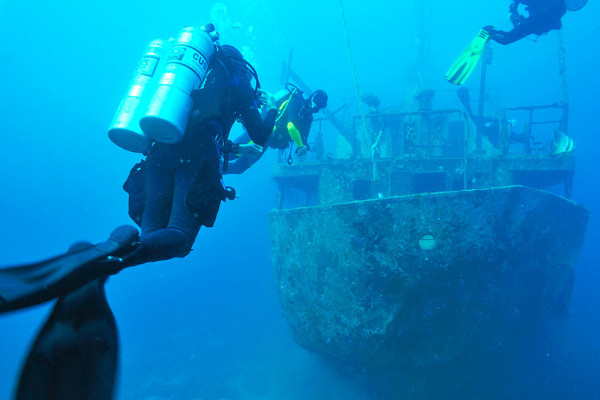
Differences between technical diving and recreational diving
There are three main differences between technical diving and recreational diving:
- Depth: technical diving makes it possible to dive to more than 40 meters, much more than in recreational diving.
- The equipment: Technical diving uses more advanced equipment. For example, recreational diving usually uses one air tank while technical diving uses three or four tanks with air mixtures.
- The dive sites: While someone who dives for tourism will visit reefs and some shipwrecks, the technical diver will see much more than that. For example, if you are a technical diver you will be able to investigate cave chains, shipwrecks at greater depths and any place that exceeds 40 meters in depth.
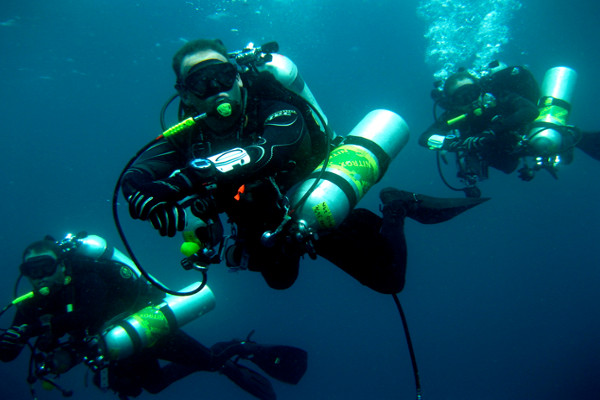
How to become a technical diver?
To become a technical diver, you need to take a special course. There are several organizations that offer technical diving courses and there is not yet a very defined standard in terms of content.
In this article we will focus on the technical diving courses offered by PADI.
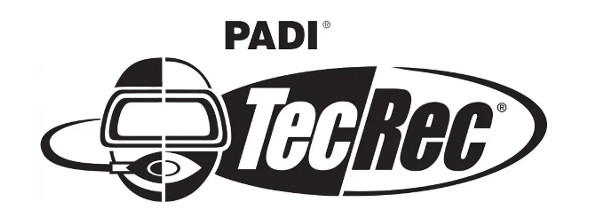
PADI TecRec Technical Diving Certification
The Professional Association of Diving Instructors (PADI) is the most famous diving school in the world. PADI courses range from when you first put on your wetsuit, until you become a professional.
But let’s focus on the PADI TEC 40, the course that certifies, properly speaking, a person as a technical diver.
In its first stage, the student is instructed on the rules and basic concepts of technical diving.
Later, the student will learn to think like a technical diver. That is, the student will know what to do in stressful situations, will monitor the oxygen consumption, and will not panic.
The diver will also know how to do technical dives and how to make decompression stops, both to enter the water and to leave it.
In fact, a very important point of the course is the use of a gas cylinder for decompression.
And finally, the diver will know how to use computer programs for decompression planning.
Qualification obtained in the PADI TEC 40
By taking the PADI TEC 40, the diver will receive the qualification certificate for the following skills.
- Use of stage tank with gas up to 50% oxygen.
- Diving with decompressions that do not exceed 10 minutes at a depth of 40 meters.
But it is important to highlight one point: the PADI TEC 40 is just the first step into the world of technical diving.
There are more courses, such as the PADI TEC 45 and the PADI TEC 50, which qualify the diver to dive up to 50 meters.
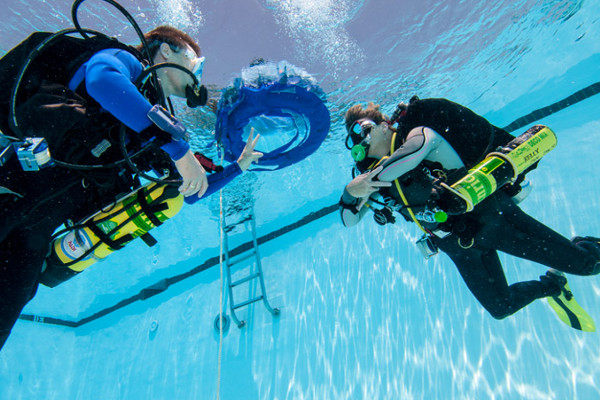
Even after these courses, you can be even more expert by taking an additional course for handling trimix. Trimix is another gas to breathe.
Also read: Why I should become a diver?
And even having completed all the courses, there is still a lot to learn. Exploring the deep sea is similar to exploring outer space. Remember that we know more about the Moon than we do about our own oceans… the road is very long and deep.
Requirements for the PADI TEC 40 Technical Diving Certification
Technical diving is not for everyone. In the same way that a walk in the mountains does not compare to climbing Everest, recreational diving is not technical diving.
Obtaining a technical diving certification will allow you to take diving to the next professional level.
Certainly, To enroll in the PADI Tec 40 technical diver training, you must be:
- Advanced Open Water Diver Certification
- Enriched Air Diver Course with at least 10 dives using enriched air deeper than 18 metres/60 feet
- Deep Diver Certification or proof of at least 10 dives to 30 metres/100 feet
- At least 18 years old and have a minimum of 30 logged dives or, 10 dives to 30 meters.
Besides PADI, there are other diving schools. If you obtained the licenses with another organization they may be valid for the PADI course
Technical diving equipment
Regarding the equipment, there is nothing written, but the truth is that the Technical diving equipment is very different from the equipment used in recreational diving.
Some items are the same, but being more demanding, technical diving needs more and better equipment.
Some of the main items used in technical diving are:
- Drysuit for thermal insulation.
- Primary and backup masks, specifically compact and with minimal resistance in water.
- Primary and secondary regulators. This devices transport air to the diver’s mouth.
- Fins that allow divers to propel themselves agilely through the water.
- Submersible pressure gauge and multi-gas dive computer. These devices allow the diver to monitor oxygen consumption and decompression rates.
- Vest and harness with pockets and enough fasteners for the rest of the equipment.
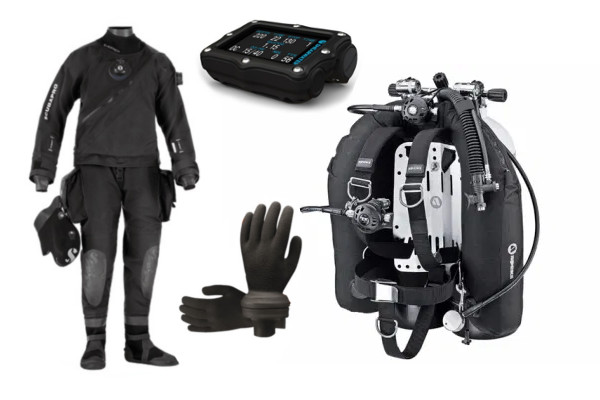
- High capacity tanks with air or enriched air mixtures, obeying the “top mount” or “side mount” assemblies.
- Additional items, such as Z knife, lifting bag, marker buoy, emergency signaling tools, compass, splint, scissors, etc
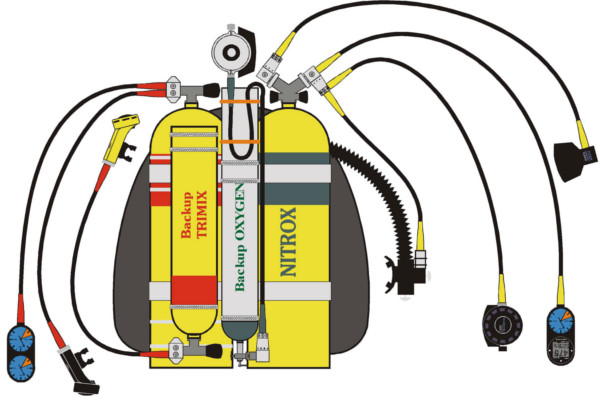
Enriched airs
In technical diving various types of “enriched airs” are used in tanks. Generally, it is oxygen mixed with other elements.
It is necessary to know how to breathe that air in order to use them. Let’s look at three of the most common enriched airs:
Nitrox
It is a mixture of oxygen and nitrogen that can be breathed without problems. Normallyused in both technical diving and recreational diving.
It consists of a mixture of 21% oxygen and 79% nitrogen. Although there is a version (Nitrox II) with 36% oxygen and 64% nitrogen.
The purpose of this enriched air is to allow a longer dive time without decompression stops. It is also sometimes used as a transit mix for decompressions during the ascent.
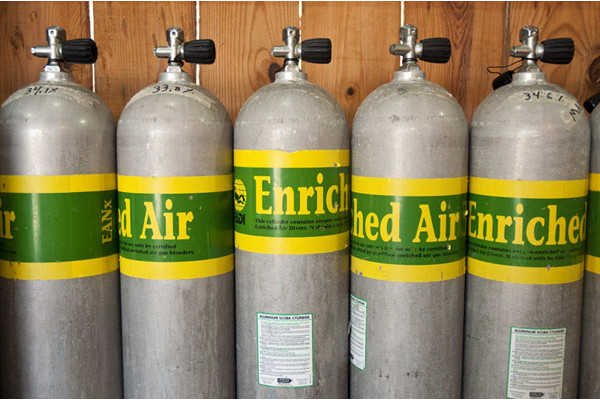
Heliox
The Heliox is used in technical diving during the deep phase. It is a mixture of helium and oxygen that can be found in three proportions: 80% helium and 20% oxygen, 70% helium and 30% oxygen, or 60% helium and 40% oxygen.
Its purpose is to reduce the risk of nitrogen narcosis. In addition to that, it also reduces the chances of oxygen poisoning.
Trimix
The Trimix is a mixture that only certain divers can use, even not every technical diver is trained to use it.
The Mix is made up of oxygen, helium, and nitrogen. A common ratio is 10% oxygen, 70% helium and 20% nitrogen, this is called Trimix 10/70.
Helium’s function is to decrease the density of the other gases to make them breathable at high depths. The atmospheric air at such depths becomes so compacted that it is almost impossible to breathe.
Also, doing so can cause poisoning. A very thin gas, such as helium, is perfect for lowering the density of oxygen.
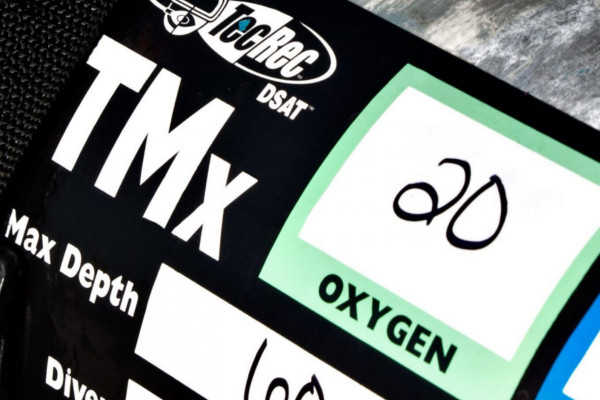
Reasons to become a technical diver
Surely you are someone who not only likes to swim, but to immerse yourself and see places that border on the magical or the terrifying. Diving is for you, but you probably want to go even deeper.
By becoming a technical diver, depth will stop scaring you, because you will learn to move in it. Without a doubt, you will see things that for almost everyone, will always remain hidden.
Technical Diving International
There are several international organizations specialized in technical diving. Technical Diving International is one of the largest.
It specializes in more advanced diving techniques and offers a wide variety of courses, including rebreather diving and the use of different breathable gas mixtures, such as Heliox and Trimix.
Also read: Top 7 scuba diving organizations and certification programs in 2021
You can find more information about International Technical Diving on TDI official website.
Technical Diving in Costa Rica
Most of the most beautiful dive sites in Costa Rica are recheable with a PADI open Waters and PADI Open Waters advanced certification, so a PADI Tec-40 certification is not necessary.
However, there are some interesting places where you can practice Tec Rec diving and see interesting things.
If you are interested in technical diving in Costa Rica, please contact us. We are located in one of the most beautiful areas, in the South Pacific of the country.
